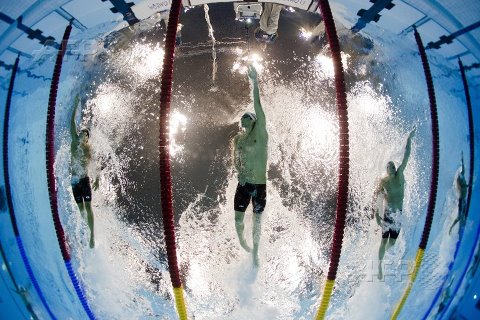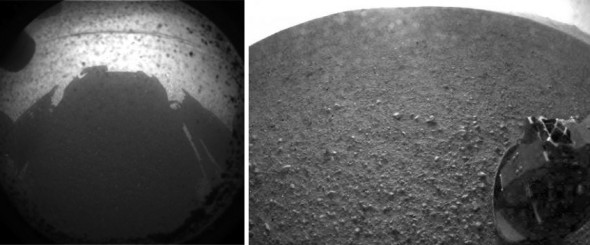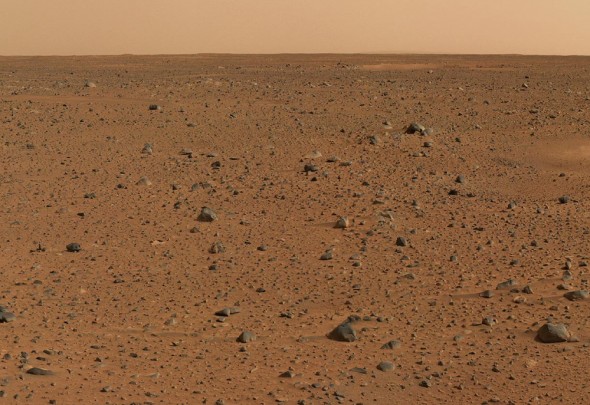Video
Robotic Photography.
Like many of you, we have been (sporadically) following the 2012 London Olympics. This year, we have noticed that the visuals are stunning. After some quick research, it turns out most of the camera work done for the Olympics is actually not done by human photographers, but with robotics. Footage from the air, sweeping panoramics, and beautiful underwater views are now captured with increasingly complex remote controlled devices.

Robotic Camera Rigs
Turns out that for security reasons, the Olympics Committee has even banned photographers from the stadium roofs. Because of this, The AFP team came up with dozens of customized robotic camera systems. Each rig is equipped with a Nikon D4 and a 16-400mm zoom lens. Watch APF’s fascinating robotic innovation process:
Obviously, the Olympics are not the only place where robots are being used to capture photography and video. Robotics are essential to research some of the more dangerous locations on Earth for extended periods of time. A great example is the Robo-fish, used in northern Spain, that monitors pollution levels with a sensor that detects it, and alerts scientists right away.

Click to keep reading
For social research, there is Boxie, a mobile robotic camera to gathers information about its environment interactively and autonomously.

There are even museum-guide robots currently being designed for people unable to physically visit the facilities, while allowing them to browse collections from their home on computer screens. This can potentially be used as an additional learning tool in schools.

Click “more” to keep reading
Microsoft is also working on a “party photographer” robot that has navigation and sensory capabilities, allowing it to move around autonomously, snapping photos at events. I very much doubt that the camera’s low-angle perspective will deliver fashion-quality images, but it is just a concept for now (I hope!).
Carnegie Mellon University has created snake robots that climb into patients through tiny incisions to operate with far less damage to the body than an actual surgeon would cause in performing the same surgery.
Lastly, the successful landing of the Mars Science Laboratory a.k.a. the Curiosity Rover has spread interest for the red planet among many scientists. Watch the Seven Minutes of Terror video put out by NASA’s Jet Propulsion Laboratory to explain why this landing on Mars was the greatest technical achievement in robotic space flight in history. Two images have surfaced minutes after the landing. Truly incredible!
Robots and photography are here to stay. What do you think?
August 15, 2012: Update — NASA has just released this beautiful image from the Curiosity Rover on Mars yesterday.
Fasten your seat belts folks!

